Bringing Back Brighton’s Kelp
To celebrate National Seagrass Day, Lucy Frost explores seagrass' cousin, kelp, dense underwater forests home to thousands of fish, which once stretched from Brighton to Littlehampton.
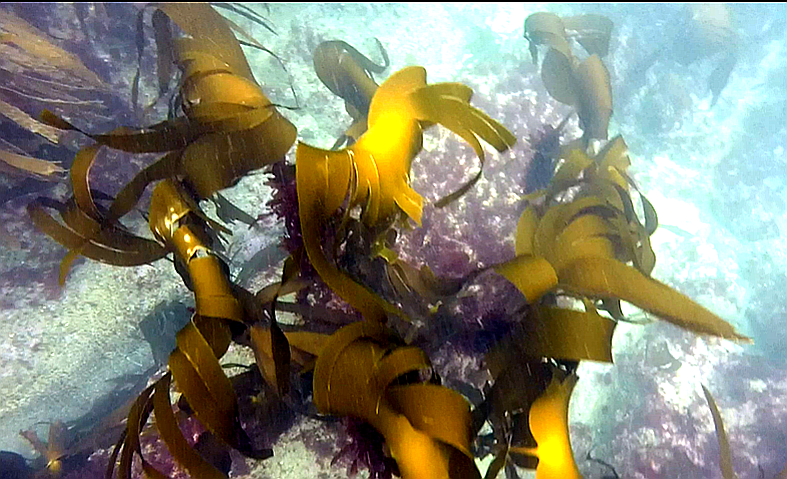
If you take a dip on the coast of Sussex, you might not think that it could be the home of vast fish populations as diverse as a coral reef. But that’s exactly what it could be as the Sussex Kelp Restoration Project boosts kelp populations which attracting teeming underwater wildlife, writes Lucy Frost.
The project, a coalition of organisations led by the Sussex Wildlife Trust is bringing back the ‘cold water coral reefs’ along the south coast from Brighton to Selsey. The underwater forests, which were once two metres tall, were so thick that fisherman had to row boats out before they could start their engines.
“Restoring a forest of kelp is the same as restoring trees in a forest on land,” says Chris Yesson, research fellow at ZSL’s Institute of Zoology.
“In the UK we’re not going to get tropical coral reefs but this kelp is the next best thing.”
Kelp, a type of seaweed, is so important because it builds an ecosystem which fish and other organisms can live in. This attracts smaller fish that rely on the kelp and larger fish that rely on the smaller ones.
“When you bring back kelp, you get this cascading chain of positive impacts and it’s all dependant on the kelp being there,” added Yesson.
Yesson is a seaweed expert at ZSL whose work has taken him as far away as remote ice caps in Greenland. He’s been working on British seaweed for more than six years and now appreciates the opportunity to work on tangible conservation so close to home. “This was an opportunity to work on the British coastline in an area I’ve spent a lot of time myself,” he said.
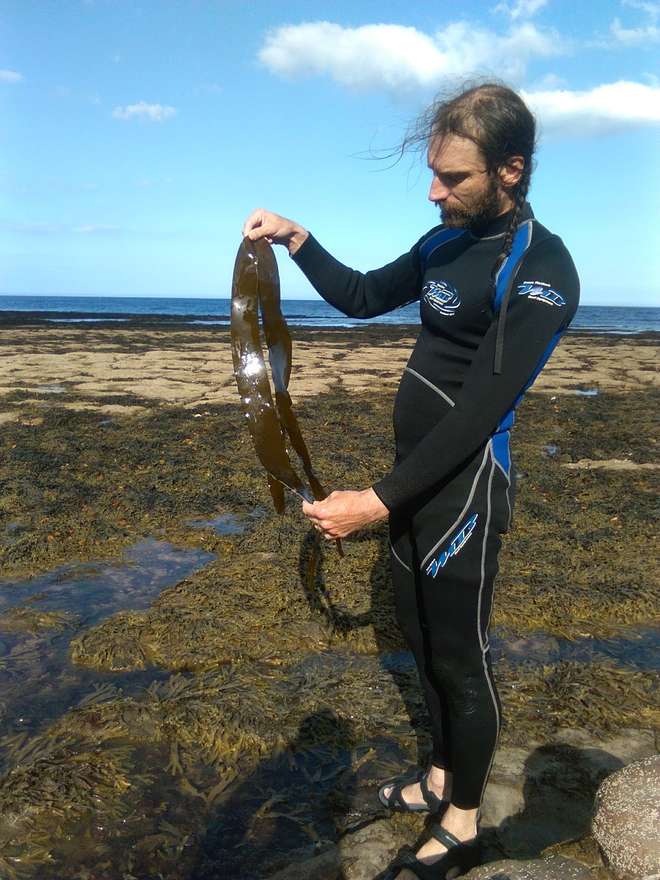
In the last few decades the kelp forests have declined from their position as vast forests stretching from Selsey to Brighton to tiny scattered patches. The seabed on much of the coast now is a flat, cobbled landscape with little marine life.
One of the main causes of this has been the practice of trawling—where fishing boats use huge nets which drag along the seabed so they can maximise catch. This leads to unintended consequences of catching much more than just the sea bass or tuna they may have set out for, and in doing so tearing up kelp forests.
The focus of the project bringing them back is a by-law put in place by the Sussex IFCA to ban trawling along the coast. The team on the Sussex Kelp Restoration Project is now conducting yearly camera surveys across 28 locations on the coast to find out how well the kelp and the bustling fish populations are returning.
“It’s very early days,” says Yesson. “There’s not been any dramatic changes yet, but divers have reported that they’ve seen patches of new kelp grow.”
The surveys only started in the last three years, and experts expect to see changes come in after six of seven years from the introduction of the by-law which was in 2019.
Yesson said: “By removing one of the largest human pressures on the area, we have created the opportunity for nature to recover."
Climate change and wellbeing
The positive effects of the project are not just limited to biodiversity improvements. There are studies looking at the effects of kelp in capturing carbon dioxide and mitigating climate change. This could mean that healthier kelp would lead to a healthier climate.
It’s not just the environment that stands to benefit: the Marine Conservation Society expect the work to have much wider implications on communities up and down the coast.
Alice Tebb, project coordinator at the Marine Conservation Society, said: “There’s the biological impact, and then the societal impact is a whole other story. We’re looking at the effect of the by-law and the healthier seas on people’s mental health, well being and pride in place."
And it’s already made some short-term changes. Tebb says 'there’s been a lot of celebration of the by-law coming in and a renewed interest in the seas'.
However, deeper changes are expected over the next few years.
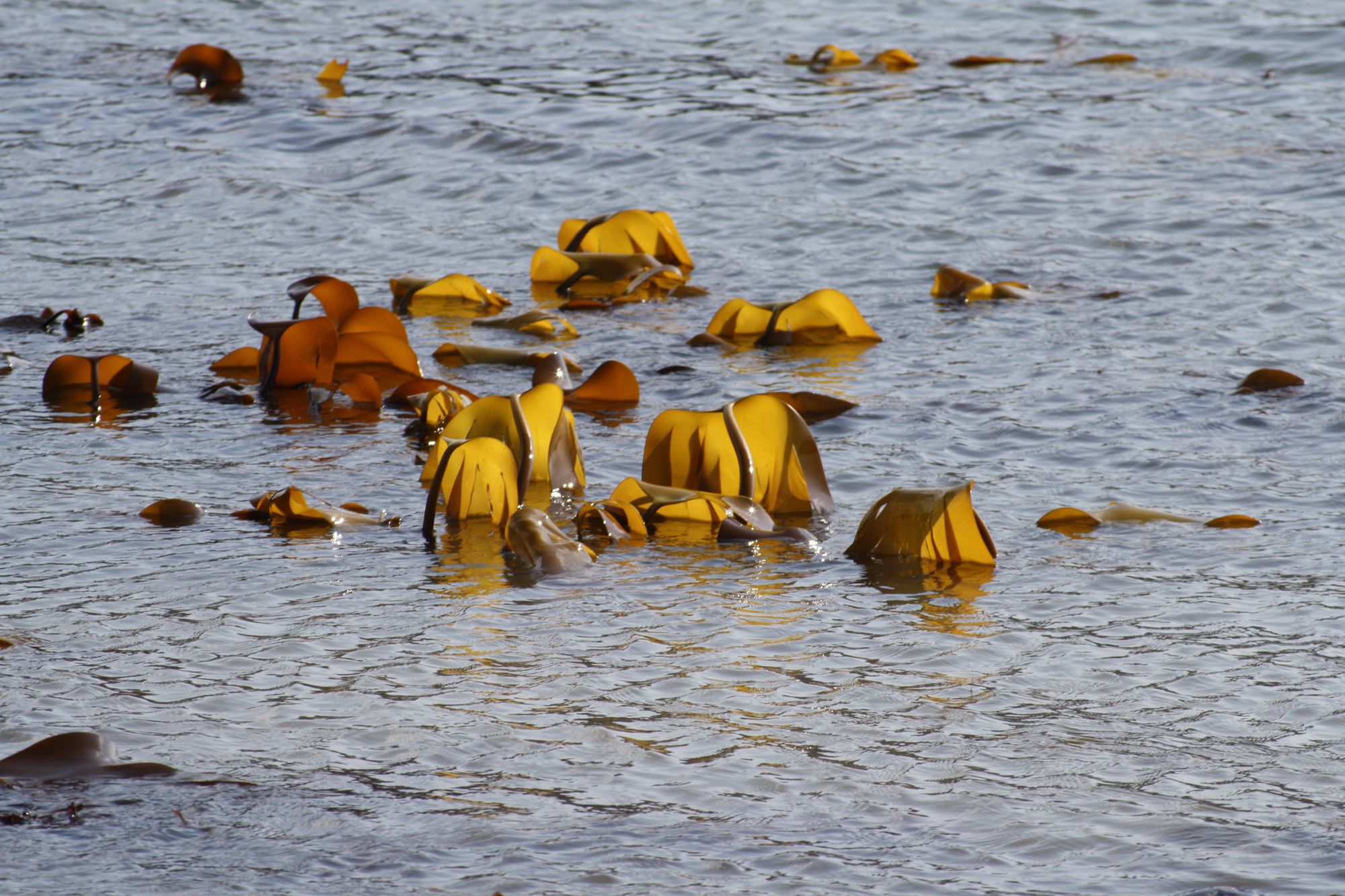
The revolutionary by-law
The Marine Conservation Society was also part of the effort to introduce the by-law and is now working to map how it was done to encourage similar rules to come into force elsewhere. “It’s pretty pioneering as it’s not how we’ve managed seas before,” says Tebb.
Usually marine system management has been focussed on protected areas with focus given to protecting one species. In this by-law, the Sussex IFCA took more of a whole sea approach to looking at all the marine life in the area and how to improve and protect it and their main answer was stopping trawling.
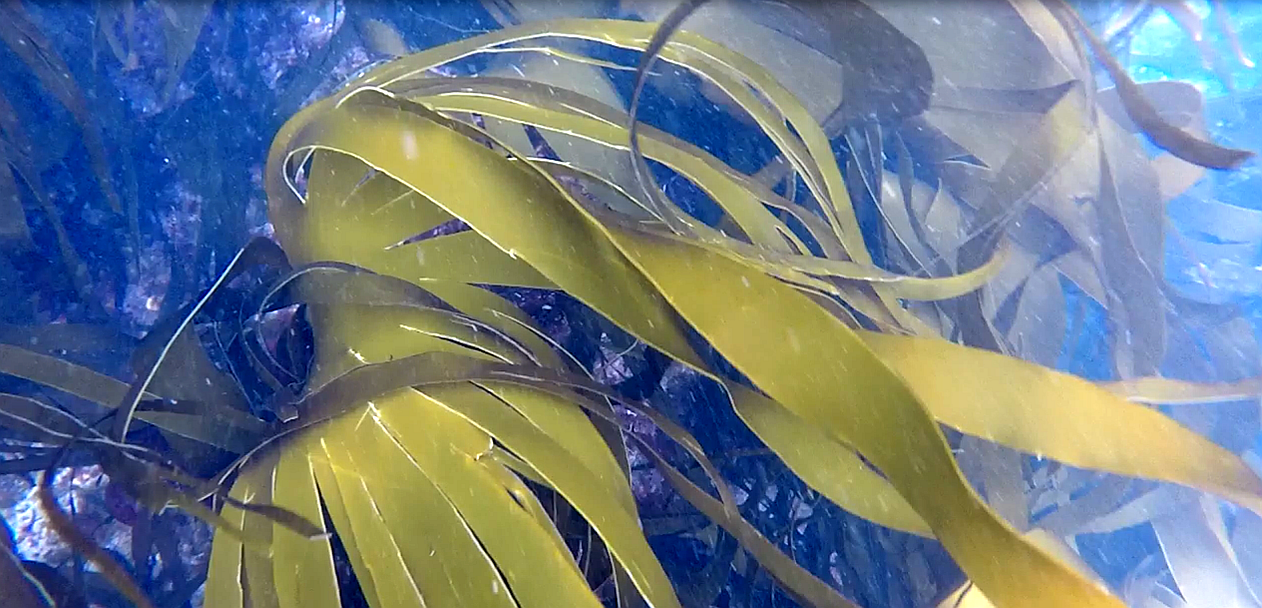
How to get involved
For Brighton residents, the nearest kelp beds visible at low tide are just beyond Brighton Marina on the chalk platforms.
People can help out with the project and Help our Kelp by joining the SeaSearch and ShoreSearch projects—more information can be found on the Help Our Kelp website.
“It gives us a wider picture of the coast than a dozen scientists could ever put together,” said Yesson. “So the data from Citizen Science is extremely valuable.”
Lucy is a financial journalist and writes for Euromoney. On the side she enjoys writing about nature and the environment. As well as the Brighton Seagull, you can find her work in Stylist magazine, Ours to Save and Green Leaves Groups.

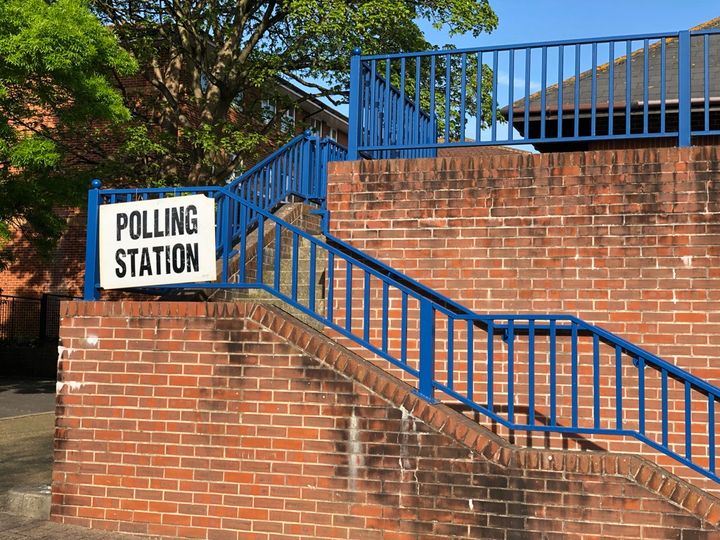
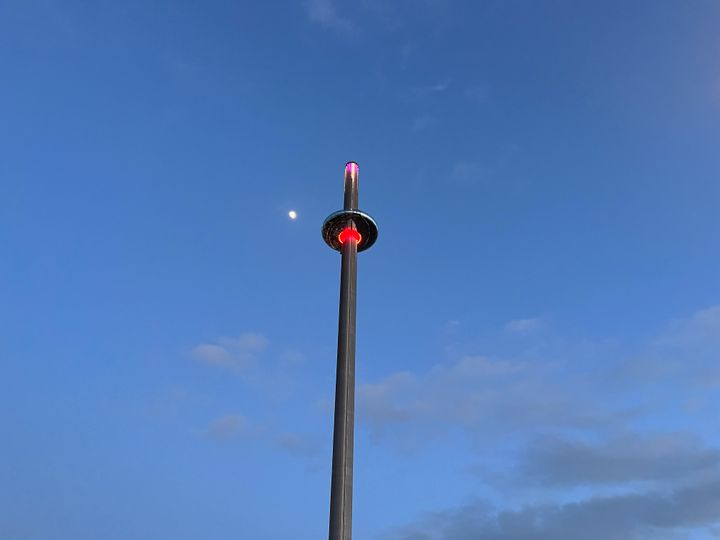
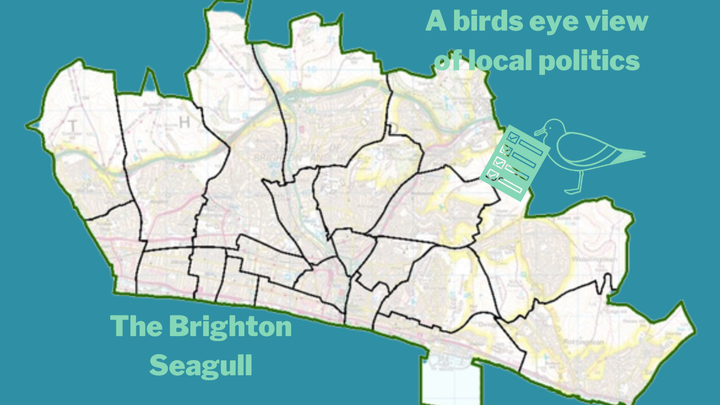
Comments ()